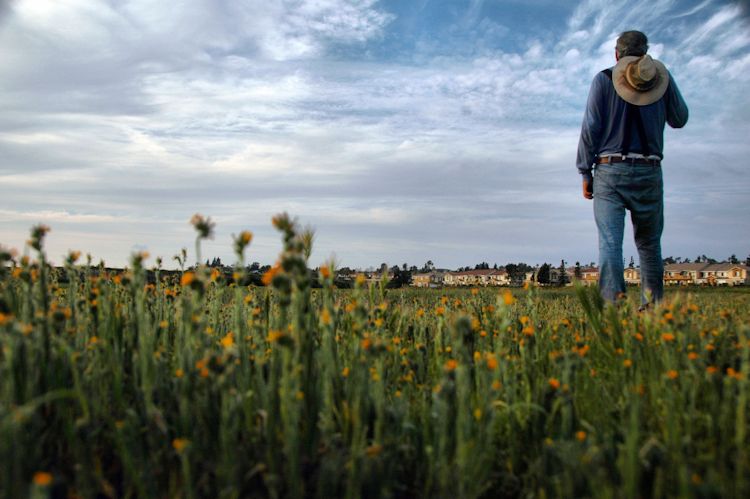Pax Nortona – A Blog by Joel Sax
From the Land of the Lost Blunderbuss
Chaparral Hiking Tips
Posted on May 24, 2004 in Biomes Hiking
 The elfin forest surrounds me here. So I know it — not as a blur like a mountain biker or motorist does, not merely as patterns on the hill, or anonymous terrain to be passed through on one’s way to a personal fitness achievement, but intimately, with my eyes, with my hands, and with my feet. I am also an observer of the people who pass through it, most of them unequipped and unprepared for the realities of the experience. They go in, maybe once, and never go back because the brush did not forgive their errors.
The elfin forest surrounds me here. So I know it — not as a blur like a mountain biker or motorist does, not merely as patterns on the hill, or anonymous terrain to be passed through on one’s way to a personal fitness achievement, but intimately, with my eyes, with my hands, and with my feet. I am also an observer of the people who pass through it, most of them unequipped and unprepared for the realities of the experience. They go in, maybe once, and never go back because the brush did not forgive their errors.
I love this olivaceous country, unique to California and home of the widest diversity of species in the world. Yes, not even the rain forest boasts the range of animal and plant life that you find in the scrub forest. Realtors and developers don’t appreciate our special heritage and consequently it is endangered. The hatred and mistrust that ignorant hikers contributes to the contempt which planners accord the wilderness around me. I live in an threatened landscape. For this reason, I offer these hiking tips to explorers so that their visits will be pleasureable and safe:
- Always bring water because water sources are few, streams are likely to be contaminated, and what you drink takes away from the animals and plants which don’t have recourse to water mains.
- Wear a hat. This is a short forest. Unless you are a toddler, you are too tall to strut under the scrub oaks and the manzanitas. Heat exhaustion and sunstroke are real concerns.
- The short shorts popular with the timberline set don’t suit chaparral adventuring. Plants with claws, spurs, thorns, and needled leaves wait to prick that tanned flesh. Rattlesnakes and insects are also a real concern: your jeans may save you from a deadly bite or sting.
- During the summer months, set out early in the day and return before noon to avoid the heat.
- In the winter, avoid travel within three days of rain. This is the most likely flash flood season, too. Canyoneering is most pleasant in this season before the poison oak has begun to spread and insects have hatched, but it is also the time when you are most likely to be swept away by creeks sluicing through narrow gorges. This is also the season when you are most likely to run into mountain lions who come into the low hills searching for deer.
- Spring, especially March through May, is the best season, for this is when the monkeyflower, the owl’s clover, the mariposa tulips, and other wildflowers special to this region bloom.
- Collect a set of nature guides and learn the names of the birds, the butterflies, the flowers, the trees, and the shrubs. I especially recommend Native Shrubs of Southern California by Peter Raven and Sawyer’s Trees and Shrubs of California.
- Avoid stooping or squatting. Mountain lions lurking in the brush watch for these moments for attacks. Likewise, do not bring toddlers into the wilderness unless they are supervised at all times and you are prepared to carry them. Think of your son or daughter as mountain lion bait and take proper precautions.
- Those paths leading off the main roads and up steep slopes aren’t “Indian trails”. The Indians weren’t so stupid as to make their life difficult. Those are Stupid American trails. They are steep, they take more time to ascend than the fireroad you are short-cutting, and they cause erosion. Stay off of them.

